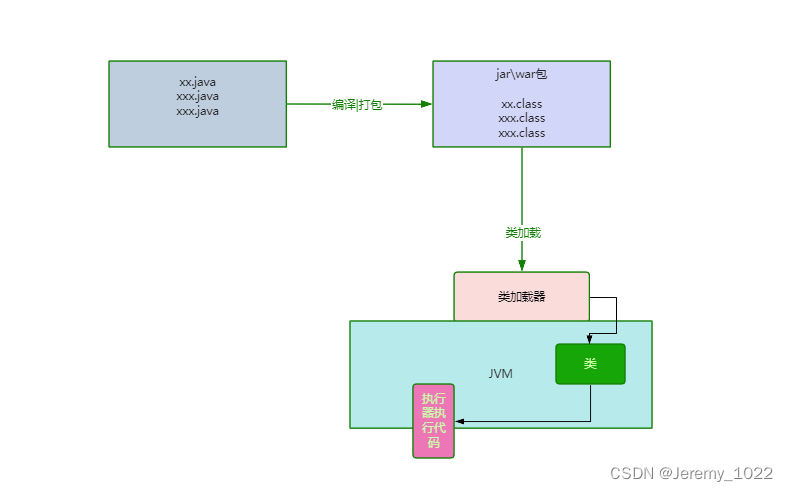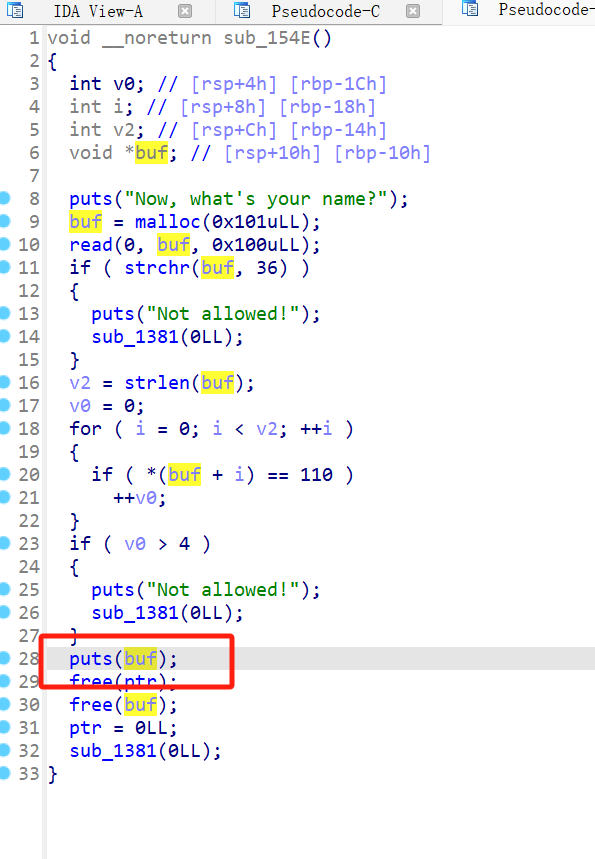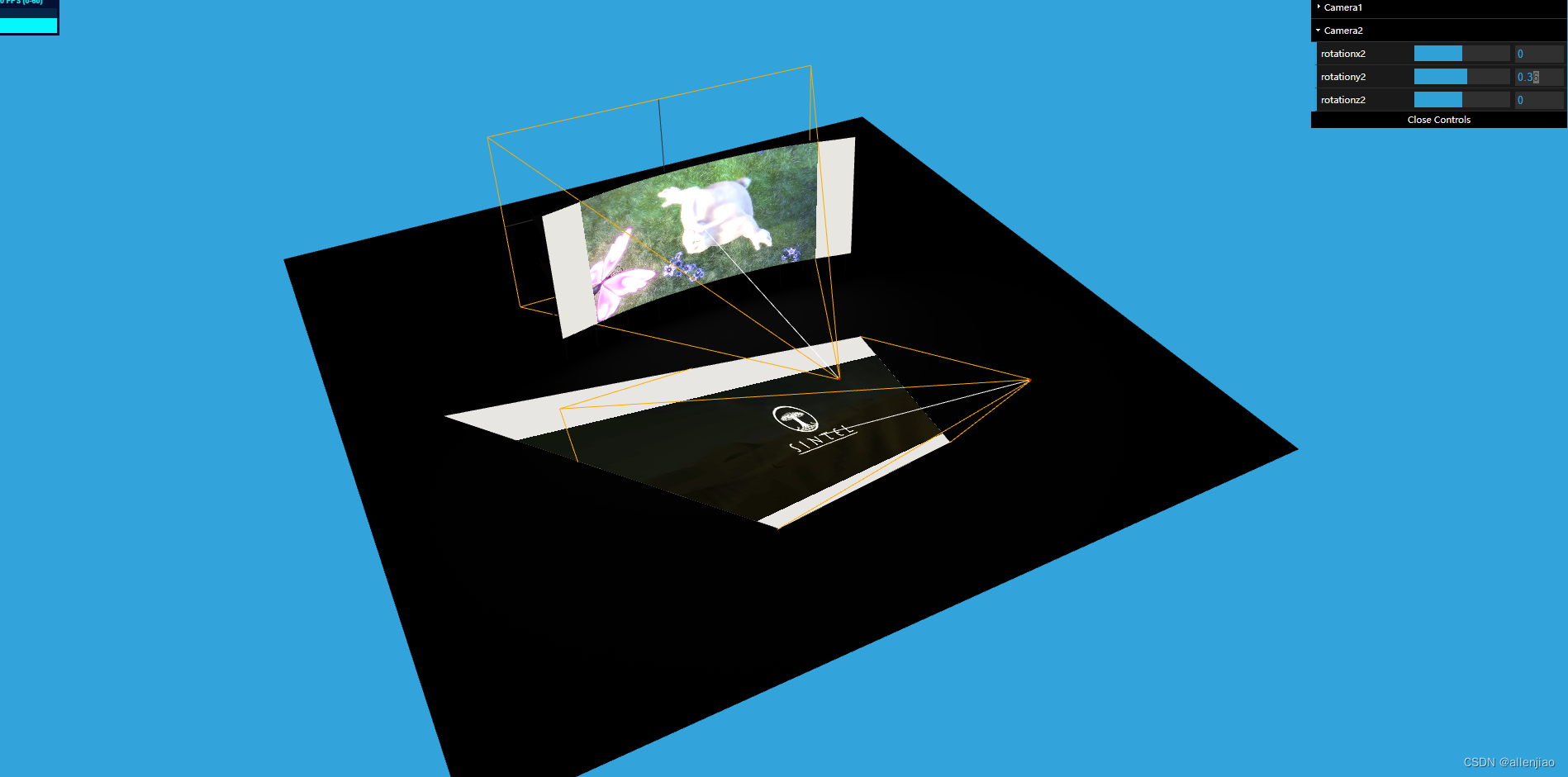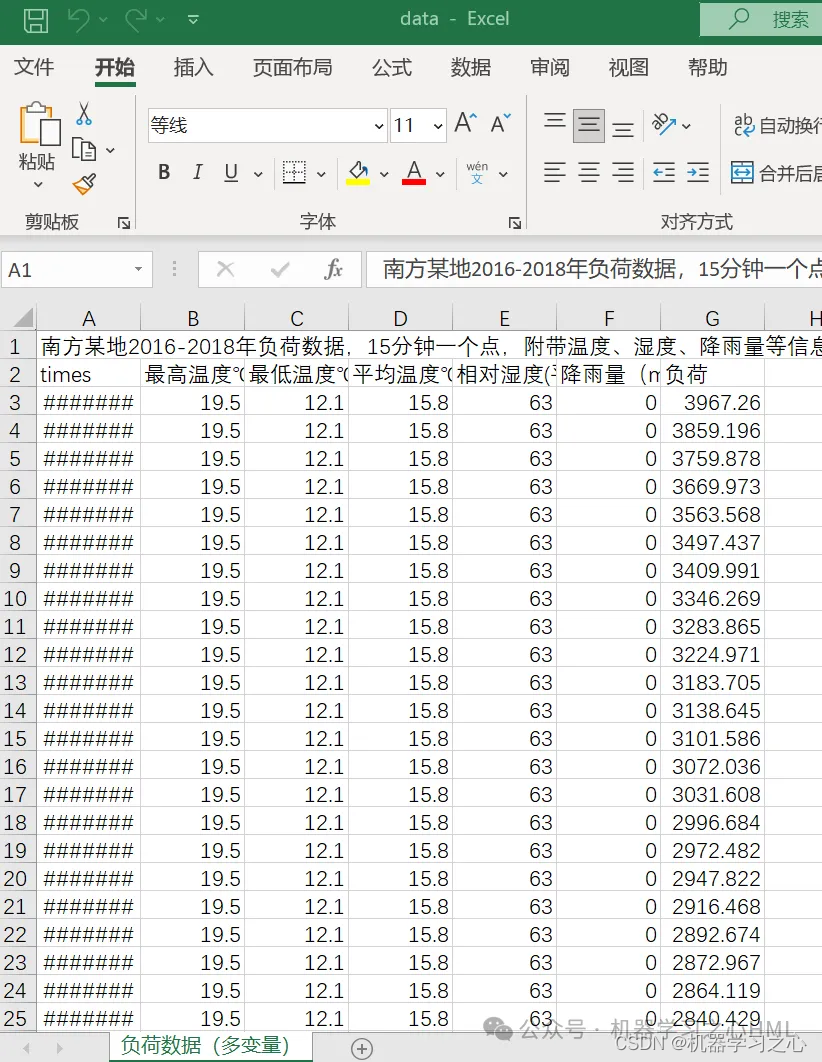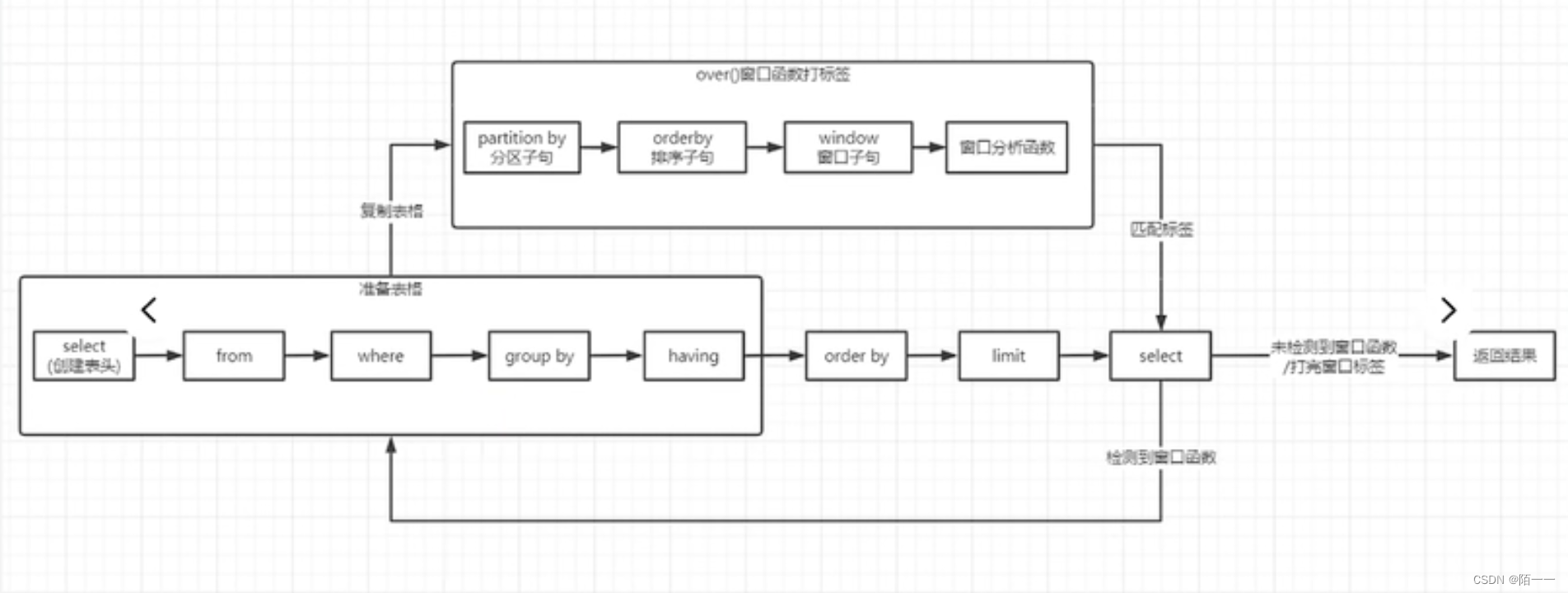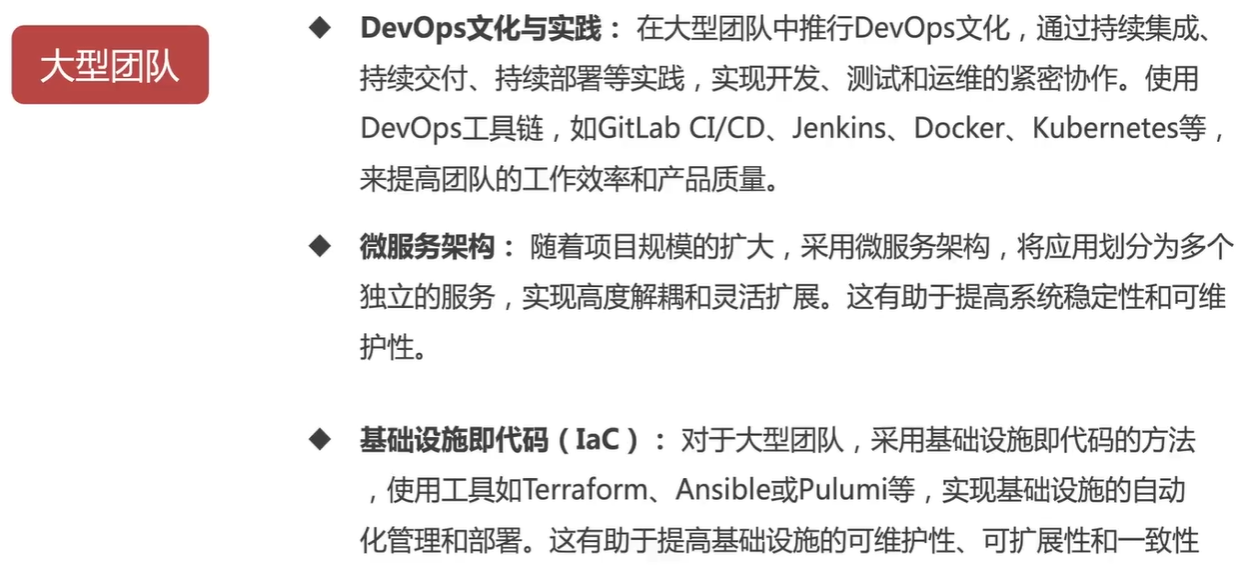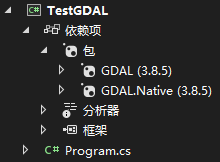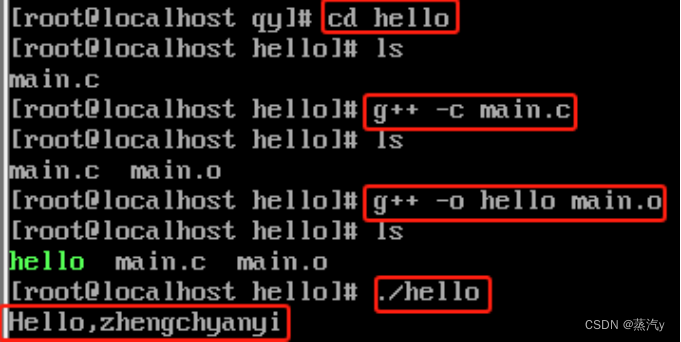Leetcode 2713. 矩阵中严格递增的单元格数
DFS
容易想到,枚举每个点作为起点,向同行同列的可跳跃点dfs,维护全局变量记录可达的最远距离
超时,通过样例193 / 566
class Solution {
int res = 0;
public void dfs(int[][] mat, int x, int y, int step){
step ++;
res = Math.max(res, step);
int n = mat.length;
int m = mat[0].length;
int num = mat[x][y];
for(int i = 0; i < n; i ++){
if(mat[i][y] > num){
dfs(mat, i, y, step);
}
}
for(int j = 0; j < m; j ++){
if(mat[x][j] > num){
dfs(mat, x, j, step);
}
}
return;
}
public int maxIncreasingCells(int[][] mat) {
int n = mat.length;
int m = mat[0].length;
for(int i = 0 ; i < n; i ++){
for(int j = 0 ; j < m; j ++){
dfs(mat, i, j, 0);
}
}
return res;
}
}
DFS+记忆化搜索
在DFS中注意到,存在很多重复计算,无论以哪个点作为起点,当跳跃到(x, y)点后,后续的最远距离是固定的,若在其他的起点中已经计算过这个数值,则记录下来直接取用
使用mem[ i ][ j ]记录坐标(i, j)位置所能跳跃的最大距离,在进入DFS后,若这个点已经计算过,即mem[ i ][ j ]非0,则直接取用。若没有计算过,则进行DFS,并在DFS结束后更新mem[ i ][ j ]
超时,通过样例558 / 566
class Solution {
int mem[][];
// dfs函数返回(x,y)坐标可达最远距离,包含自身,最少为1
public int dfs(int[][] mat, int x, int y){
if(mem[x][y] != 0){
return mem[x][y];
}
int n = mat.length;
int m = mat[0].length;
int res = 1;
int num = mat[x][y];
for(int i = 0; i < n; i ++){
if(mat[i][y] > num){
int ans = dfs(mat, i, y);
res = Math.max(res, ans + 1);
}
}
for(int j = 0; j < m; j ++){
if(mat[x][j] > num){
int ans = dfs(mat, x, j);
res = Math.max(res, ans + 1);
}
}
mem[x][y] = res;
return res;
}
public int maxIncreasingCells(int[][] mat) {
int n = mat.length;
int m = mat[0].length;
mem = new int [n][m];
int res = 0;
for(int i = 0 ; i < n; i ++){
for(int j = 0 ; j < m; j ++){
res = Math.max(res, dfs(mat, i, j));
}
}
return res;
}
}
DP
经过优化无法使用DFS通过所有样例,重新分析问题
对于点(x, y)来说,以其作为起点,该点所能到达的最远距离,取决于该行和该列中其他点所能到达的最远距离,即为Max(行可达最远,列可达最远)+1
但移动规则为只能向更大的点进行移动,若每次移动前对行列所有元素都进行检查同样会造成时间浪费,因此将n*m个位置根据值进行降序排序,从大到小进行处理
这样带来的好处是,无需考虑跳跃规则问题,当处理一个元素时,已经记录的行可达最远的点是一定大于它的,一定可以向其移动
另一方面,只需求出移动的最远距离,因此无需记录一次移动使用哪个位置转移过来的,只需要知道此次移动的距离是多少就可以,即第 i 行的行可达最远只需要O(1)的空间,来实时维护此时该行已经处理过的最远距离,列同理
由此构思所需要的空间
dp[ i ][ j ] 记录(i, j)位置为起点,所能移动的最远距离
rowMax[ i ] 记录第 i 行此时已经存在的最远距离,即该行中存在一个点,该点为起点所能移动的距离最远为rowMax[ i ],初始化为0
colMax[ j ] 记录第 j 列此时已经存在的最远距离,即该列中存在一个点,该点为起点所能移动的距离最远为colMax[ i ],初始化为0
则dp[ i ][ j ] = Max{ rowMax[ i ], colMax[ j ] } + 1
计算后更新rowMax[ i ] 和 colMax[ j ]
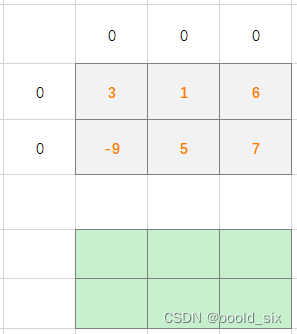
起点7:dp = max(0, 0) + 1 = 1,更新rowMax[ 1 ] = 1,更新colMax[ 2 ] = 1
起点6:dp = max(0, 1) + 1 = 2,更新rowMax[ 0 ] = 2,更新colMax[ 2 ] = 2
起点5:dp = max(1, 0) + 1 = 2,更新rowMax[ 1 ] = 2,更新colMax[ 1 ] = 2
起点3:dp = max(2, 0) + 1 = 3,更新rowMax[ 0 ] = 3,更新colMax[ 0 ] = 3
起点1:dp = max(3, 2) + 1 = 4,更新rowMax[ 0 ] = 4,更新colMax[ 1 ] = 4
起点-9:dp = max(2, 3) + 1 = 4,更新rowMax[ 1 ] = 4,更新colMax[ 0 ] = 4
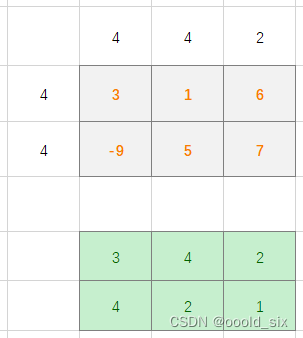
另外注意,存在相同元素,此时计算dp时不应更新rowMax,违背了rowMax的定义“该行内存在一点,以其为起点所答的最远距离为rowMax[ i ],dp[ i ] [ j ] = rowMax + 1”,因为对于同样的元素来说,他们之间是不可达的,因此对于相同元素来说,此时更新rowMax会导致从值k移动到值k 的情况发生
因此将相同元素作为一批同时处理,其间使用rowMax计算dp,而定义一个新数组rowTemp来临时记录rowMax应有的变化,当这一批值相同的元素dp计算结束后,再将rowTemp赋值给rowMax以用于后续的计算,colMax同理
class Solution {
// Pair类记录一个点的值和坐标,用于排序
public class Pair{
private int val;
private int x;
private int y;
public Pair(int val, int x, int y) {
this.val = val;
this.x = x;
this.y = y;
}
}
public int maxIncreasingCells(int[][] mat) {
int n = mat.length;
int m = mat[0].length;
Pair pairs[] = new Pair[n * m];
int index = 0;
for(int i = 0 ; i < n; i ++){
for(int j = 0; j < m; j ++){
pairs[index++] = new Pair(mat[i][j], i, j);
}
}
// 降序排序所有点
Arrays.sort(pairs, (p1, p2) -> Integer.compare(p2.val, p1.val));
int rowMax[] = new int [n];
int colMax[] = new int [m];
int dp[][] = new int [n][m];
int res = 0;
for(int i = 0 ; i < n*m; i ++){
int val = pairs[i].val;
int x = pairs[i].x;
int y = pairs[i].y;
// 相同元素情况
if(i+1 < n*m && pairs[i+1].val == val){
int l = i;
int r = i + 1;
// 确定范围
while(r < n*m && pairs[r].val == val)
r ++;
// rowMax副本
int rowTemp[] = rowMax.clone();
int colTemp[] = colMax.clone();
// 统一处理计算dp
for(int k = l; k < r; k ++){
int kx = pairs[k].x;
int ky = pairs[k].y;
int kval = pairs[k].val;
dp[kx][ky] = Math.max(rowMax[kx], colMax[ky]) + 1;
res = Math.max(res, dp[kx][ky]);
// 将该行最远距离的变化暂存在rowTemp,保持rowMax不变
rowTemp[kx] = Math.max(rowTemp[kx], dp[kx][ky]);
colTemp[ky] = Math.max(colTemp[ky], dp[kx][ky]);
}
// dp计算后将rowMax值更新
for(int j = 0; j < n; j ++){
rowMax[j] = rowTemp[j];
}
for(int j = 0; j < m; j ++){
colMax[j] = colTemp[j];
}
i = r - 1;
}
// 不同元素情况直接计算
else{
dp[x][y] = Math.max(rowMax[x], colMax[y]) + 1;
res = Math.max(res, dp[x][y]);
rowMax[x] = dp[x][y];
colMax[y] = dp[x][y];
}
}
return res;
}
}
相同元素处理部分写的比较繁琐了
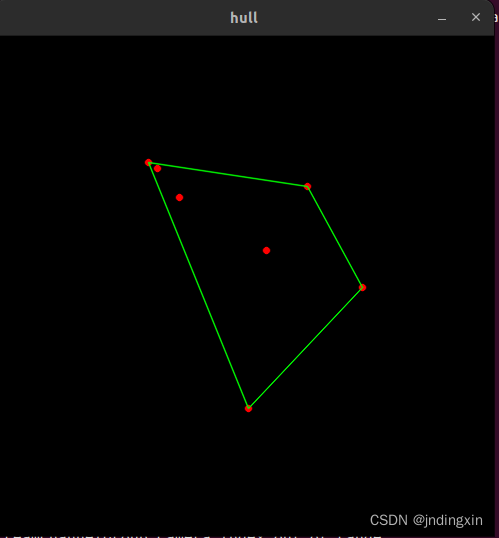



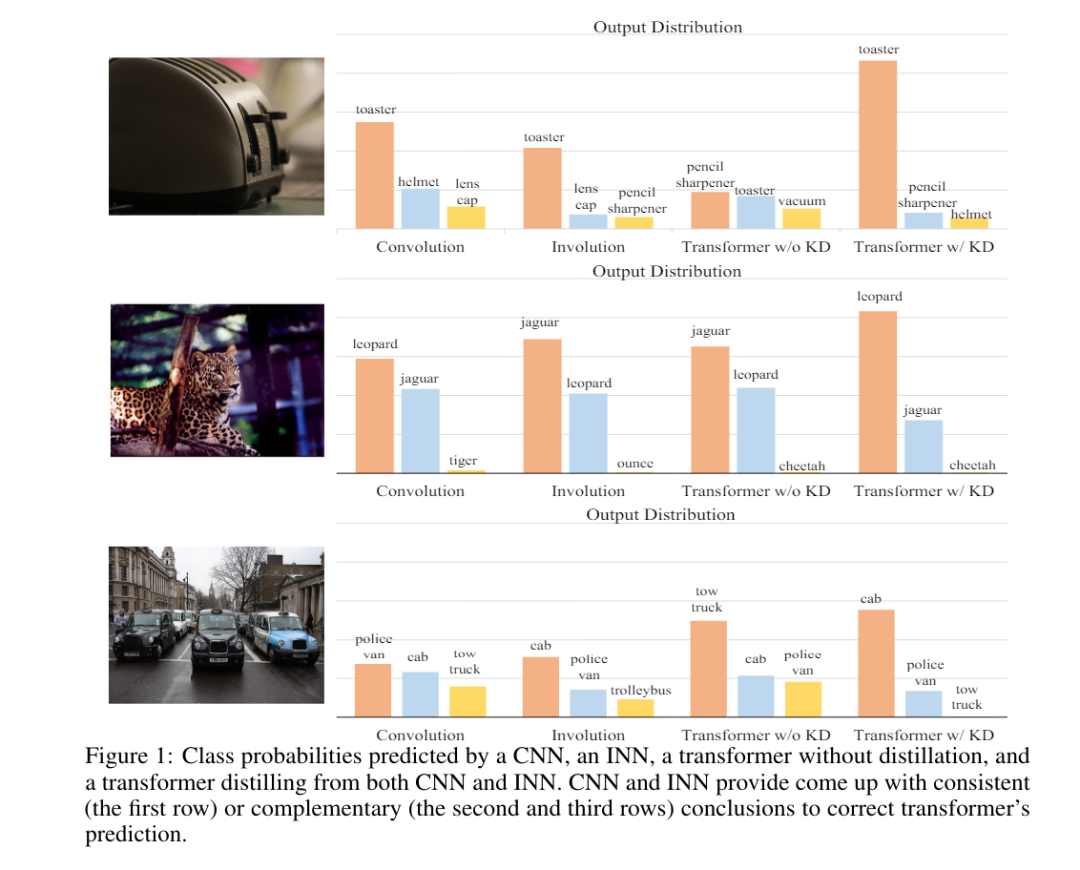

![[SAP ABAP] 读取内表数据](https://img-blog.csdnimg.cn/direct/3947d2edf313480099cdc0f0762deb95.png)
